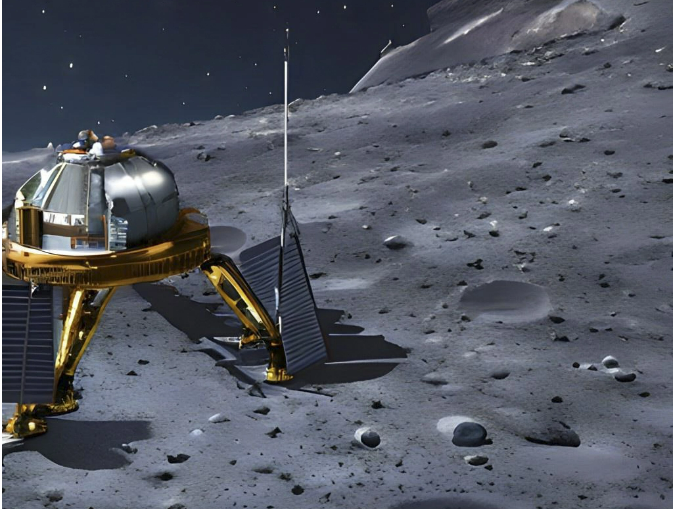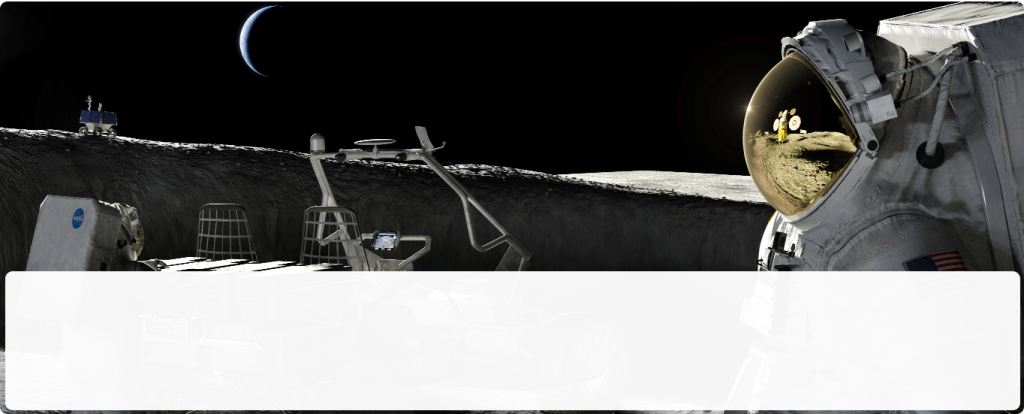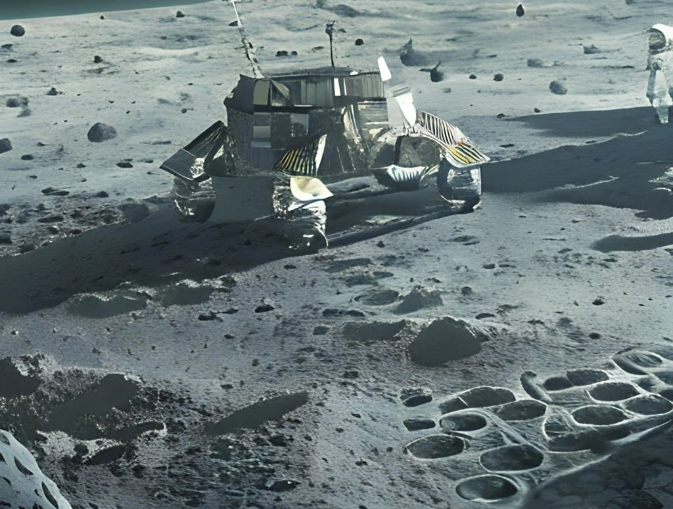Lunar Lighting System
The permanently shadowed regions (PSRs) of the Moon are areas that are never directly exposed to sunlight due to the topography of the surface. These regions are found in the bottoms of craters, valleys, and other depressions, and can be found at both the lunar poles and at lower latitudes.

Illuminating the PSRs could be important for a number of reasons, including the following: Exploration and scientific research: The PSRs maycontain important scientific and geological information about the Moon’s history and evolution. By illuminating these areas, scientists and researchers can better understand the processes that have shaped the Moon over time. Resource exploration and exploitation: The PSRs may contain valuable resources such as water ice, which could be used for human exploration and settlement of the Moon. Illuminating these areas would allow for the more efficient exploration and exploitation of these resources. Illuminating the permanently shadowedregions of the Moon could be important for a variety of purposes, including exploration, scientific research, resource exploitation, communication and navigation, and solar power generation.

Our Solution for Lunar Lighting System
The term “in situ resource utilization” (ISRU) refers to the consumption oflunar resourcessuch as icy regolithfor the production of consumables for autonomous or human operations on the Moon. ISRU methods for future lunar exploration are now focused mostly on the production of oxygen and water for human use. Permanently Shadowed Regionnear the lunar poles has craters that might be mined for ISRU because to their high concentrations of water and other volatiles. To mineicy regolithin situ ice as a resource in PSR locations, access to continuously darkcraters is challenging due to the lack of light in the vicinity. To light up an area of 10m2, we present in this papera transportable, deployable heliostat that is designed tooperate autonomously orcanbeTele –operated. The reflector’s origami design(Miura fold)makes it small enough to fit inside any lunar lander’s cargo. Solar tracker and azimuth angle controller are incorporated into the system to boost efficiency.

Features of L –TORCH Systems
| Feature | L-LIGHT System |
|---|---|
| Landed Mass | 500 kg |
| Length(m) | 1.8 |
| Width(m) | 1.5 |
| Height(m) | 1.5 |
| When radius(m) | 0.19 |
| Length | 8 |
| Feature | Hellostat |
| Reflective Area | 10 m2 |
| Length(m) | 5 |
| Width(m) | 2 |
| Length when folded(m) | 0.676 |
| Area of Solar Panels | 1.44 m2 |
